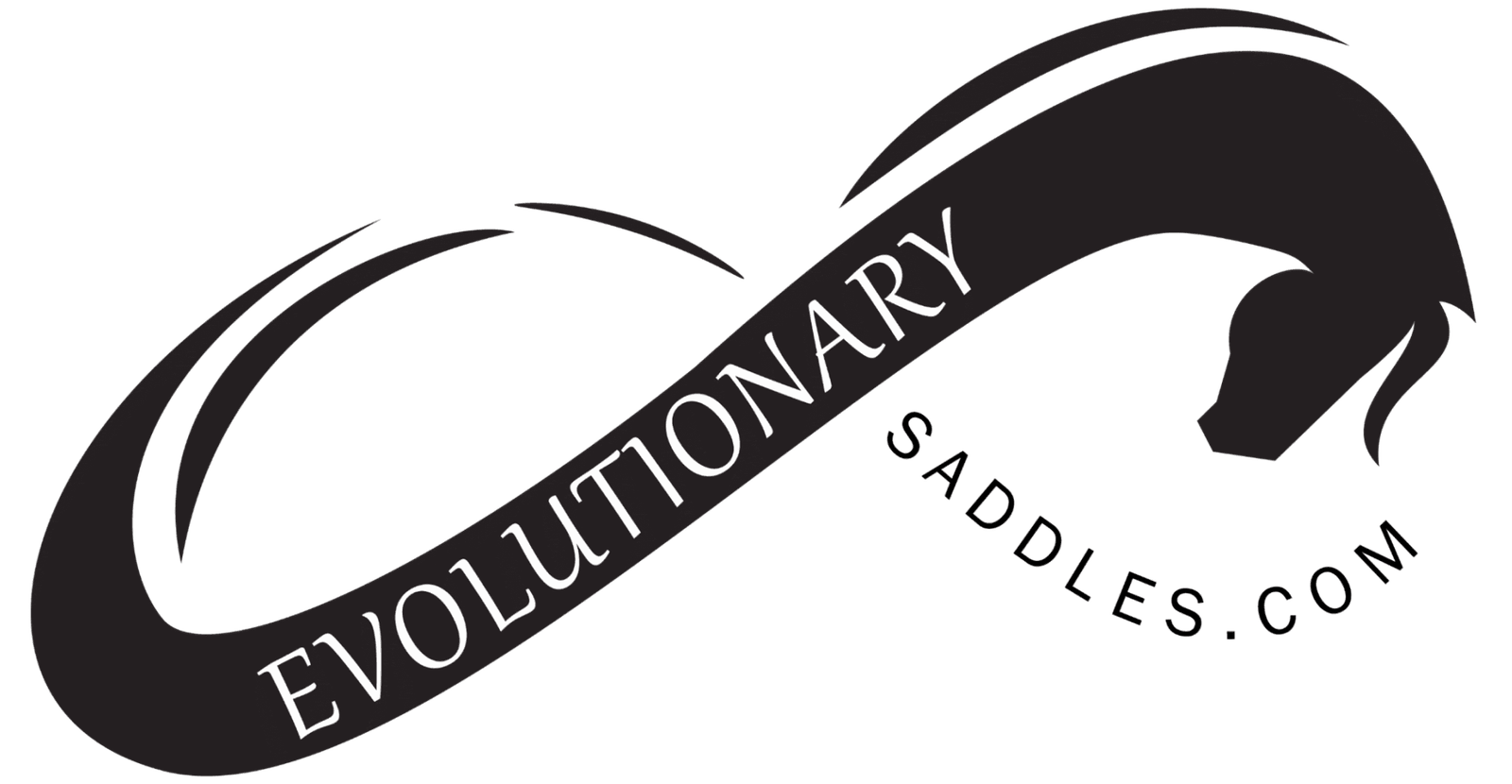
THE NEXT STEP
System IX
In 2005 after 35 years of combined experience in repairing all of the earlier systems of saddles. Eldorado Saddle and Tack along with Hill View Farms came up with a better panel design.
Added to the rear mounts are stainless steel slides, making the panels virtually maintenance free. Which is added to the already proven System VII panel.
However, the rivets are of copper for better strength and performance than the aluminum used in the System V and VII, and the mounts are of steel.
So radical was the improvement in 2005 on performance of the preexisting System VII, that the 7E easy slide, as it was referred to during the experimental year of testing.
It needed to be in a category by itself, thus the System IX was born. Eldorado Saddle and Tack calls this line by a variety of names, Amera-Flex, Ameri-flex, 7E, Easy Slide and Eldorado saddles
THE NEXT EVOLUTION
System X.
During the year 2007, when the Delrin panels alone were maximizing performance in earlier systems. Several small but significant innovations made big changes in the overall panel performance, durability and fit.
Based on the System VII design and the slide plate of the System IX, the System X has taken the features of these making this the best design yet.
However this system must have a saddle tree that is equal in design function for the panels to perform exquisitely.
The first of several changes to the panels are the rivets.
Gone are the copper and aluminum that were once used in the layering assembly of the panels.
Instead, there are stainless steel rivets that eliminate the work-hardening seen with earlier systems. This fatigue resulted in pressure points on the horse.
Another improvement, the new pivot mechanism, eliminating premature ware. With the advancements in machining Evolutionary Saddles has achieved a true ball-in-socket action.
By using different radii on the insert and the washer, this ball-in-socket joint performs with pure fluidity. Providing maximum panel movement with closer contact.
The clicking and popping noise once heard during the break in period of earlier systems has been virtually eliminated in this newest System X.
The Foam Backer Layer
Another hindrance in panel flexibility has been the backer and foam layer of padding used on the underside of all earlier systems.
This padding is what cushions the semi-rigid Delrin material and the mechanical hardware used in the assembly process. Preventing direct contact with the horses back as well as eliminating the pressure ridges that occurred when inferior materials or assembly is used.
This improved backing is fingered to match the finger cuts in the Delrin panel itself.
Having this padding match the fingers allows for the little subtleties on a horse’s or mule’s shoulder, back and wither conformation. Especially if he has an unusual or highly pronounced scapula.
On earlier systems the panels tended to fall into the dip or hollow behind the shoulder. This creates excessive pressure from the overall rigidness of the front of the panel, especially in the western saddles.
These small differences have made such a dramatic an improvement in the overall function of the panels. Eliminating the dreaded breakdown of the attachment points of panel to tree which in time could possibly create uneven pressure.
Take it to the Horse
With the time, dedication and field testing starting in 1986 Evolutionary Saddles is proud to introduce this new system.
The System X is not likely to be knocked off, as the technical inputs are high and the return on investment is low.
The System X delivers a performance difference, as if you had been playing the piano with mittens and then graduated to gloves.
